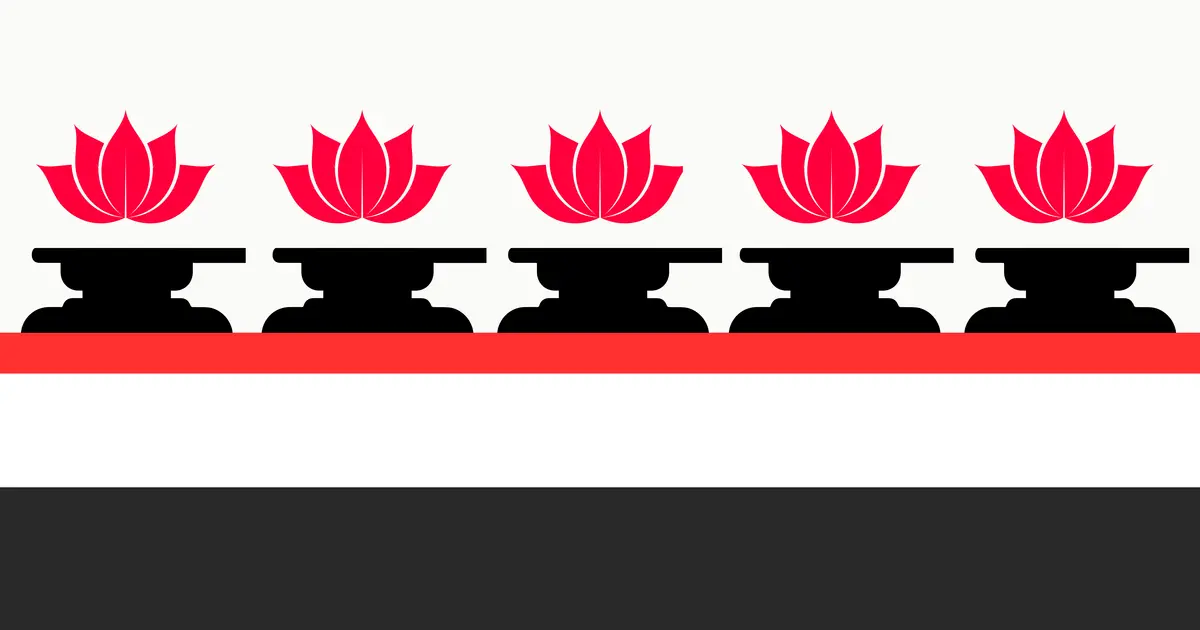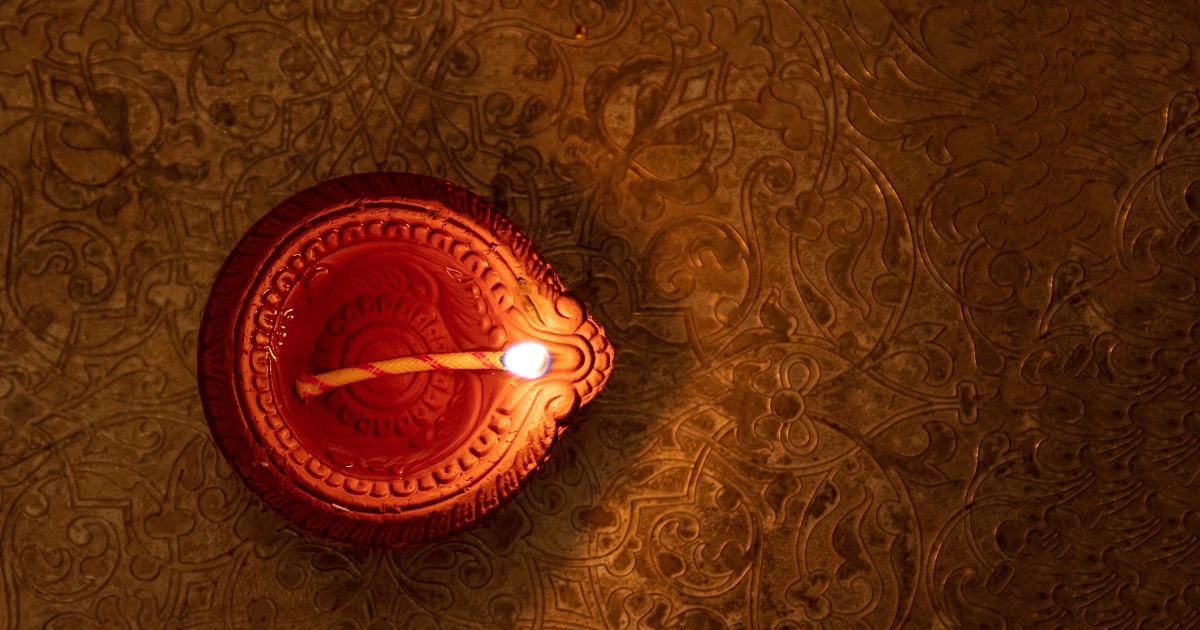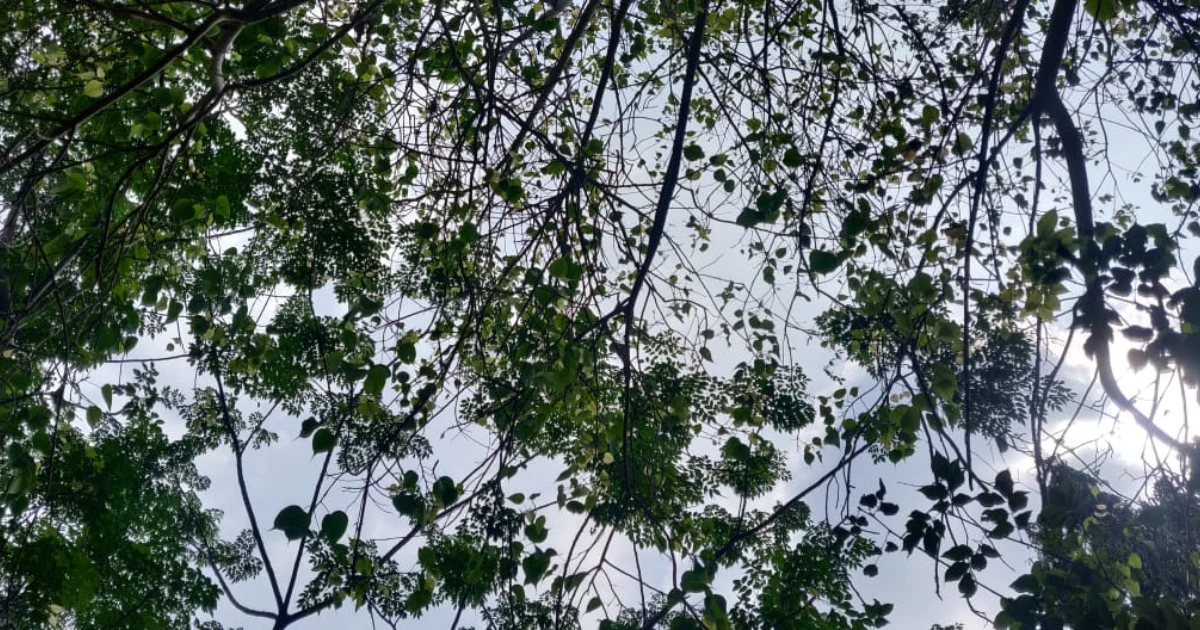In the dhārmika fold, every form and expression of the divine can be understood in at least four different standpoints: the absolute, the cosmic, the departmental, and as the incarnation who appeared on earth to re-establish dharma. From the highest, absolute standpoint, Bhagavān Śiva is the formless, absolute Reality, which is the nature of pure Consciousness. He is no different than Śrī Viṣṇu Himself. From the cosmic standpoint, Bhagavān Śiva represents the Lord of the universe. He is creator, sustainer, and destroyer of the world. From the departmental, governance standpoint He is worshiped as the deity in charge of destruction, the process without which there can be no creation. In His fourth aspect, avatāra, He has multiple forms that manifested on earth. He is said to have appeared in several incarnations as Guru, teaching knowledge of the Self to his disciples. Dakṣiṇāmurti Bhagavān, Śrī Ādi Śaṅkarācārya, and Śrī Hanumān are considered some incarnations of Bhagavān Śiva.
The name Śiva means auspiciousness, and Śaṅkara, from śam karoti iti, the one who brings or does goodness, auspiciousness. Regarding upāsanā on Bhagavān Śiva, Swami Sivananda elucidates -
Repetition of the hymns to Śiva strengthens the good saṃskāras. As a man thinks, that he becomes. This is the psychological law. The mind of a man who trains himself in thinking good, holy thoughts, develops a tendency to think good thoughts. His character is molded and transformed by continued good thought. When the mind thinks of the image of the Lord during His hymns, the mental substance actually assumes the form of the image of the Lord. The impression of the object is left in the mind. This is called saṃskāra. When the act is repeated very often, the saṃskāras gain strength by repetition, and a tendency or habit is formed in the mind. He who entertains thoughts of Divinity becomes transformed actually into the Divinity himself by constant thinking. His bhāva or disposition is purified and divinised.
The pañcākṣara of Bhagavān Śiva is a mahāmantra composed of five letters: Na-Ma-Śi-Vā-Ya. These five letters denote the five actions or pañcakṛtyam of the Lord, being sṛṣṭi (creation), sthiti (preservation), saṃhāra (destruction), tirodhāna (veiling) and anugraha (blessing). These five aspects are captured beautifully in Pañcamukha Śiva, the five-fold faces of Bhagavān Śiva.
1. Sadyojāta
सद्योजातं प्रपद्यामि सद्योजाताय वै नमो नमः।
भवे भवे नाति भवे भवस्व मां भवोद्भवाय नमः॥sadyojātaṃ prapadyāmi sadyojātāya vai namo namaḥ|
bhave bhave nāti bhave bhavasva māṃ bhavodbhavāya namaḥ||
From saṃskṛta sadyaḥ - now, immediate, spontaneous and jātaḥ - born: Sadyojāta means quickly born, representing sṛṣṭi or creation and Lord Brahmā. Sadyojāta faces west and is associated with the mahābhūta or element earth, prithvi maṇḍala. His color is white. Sadyojāta is in the form of a boy with a charming face, besmeared with sandalwood paste, adorned with white flowers. His two hands hold the boon-granting varada mudra and abhaya mudra, overcoming fear. Bhagavān Śiva’s ḍamarū or double-sided drum, symbolizes this aspect of creation.
2. Vāmadeva
वामदेवायनमो ज्येष्ठाय नमः श्रेष्ठाय नमो रुद्राय नमः कालाय नमः
कलविकरणाय नमो बलविकरणाय नमो बलाय नमो
बलप्रमथनाय नमः सर्वभूतदमनाय नमो मनोन्मनाय नमः॥vāmadevāya namo jyeṣṭhāya namaḥ śreṣṭhāya namo rudrāya namaḥ kālāya namaḥ
kalavikaraṇāya namo balavikaraṇāya namo balāya namo
balapramathanāya namaḥ sarvabhūtadamanāya namo manonmanāya namaḥ ||
From saṃskṛta vāma - north and deva - divine one: Vāmadeva is the lovely, pleasing form, representing sthiti or preservation and Śrī Viṣṇu. Vāmadeva faces north and is associated with the mahābhūta water, jala maṇḍala. His color is red. Vāmadeva has a handsome face and aristocratic bearing. He dons rich apparel, a turban, and garlands of flowers, and holds a sword and shield.
3. Aghora
अघोरेभ्योऽथ घोरेभ्यो घोरघोरतरेभ्यः।
सर्वेभ्य: सर्वशर्वेभ्यो नमस्ते अस्तु रुद्ररूपेभ्यः॥aghorebhyo’tha ghorebhyo ghoraghoratarebhyaḥ|
sarvebhyaḥ sarvaśarvebhyo namaste astu rudrarūpebhyaḥ ||
From saṃskṛta a for not and ghora, fearful: Aghora is the fearless, terrible One, Rudra, representing saṃhāra, destruction. Aghora faces south and is associated with the mahābhūta fire, agni maṇḍala. His color is blue-black. Aghora rūpa is the color of a dark cloud and adorned with a crescent-studded crown and beautiful earrings. Though His expression is pleasant, His appearance is dreadful - with large teeth, orangish beard, matted hair, and mustache. Moreover, He is adorned with snakes, scorpions, and a garland of skulls. Aghora rūpa is with eight hands holding weapons like sword, shield, noose, trishūla, hatchet, and staff with a skull.
4. Tatpuruṣa
तत्पुरुषाय विद्महे
महादेवाय धीमहि
तन्नो रुद्रः प्रचोदयात्॥tatpuruṣāya vidmahe
mahādevāya dhīmahi
tanno rudraḥ pracodayāt
From saṃskṛta tat - essence and puruṣa - the cosmic being: Tatpuruṣa is the Supreme Being, Mahādeva, representing tirodhāna, or veiling.Tatpuruṣa faces east and is associated with the mahābhūta air, vāyu maṇḍala. His color is gold. Tatpuruṣa is adorned in yellow silken cloth, a crown, and crescent moon. He holds a rudrākṣa mālā in one hand and His triśūla in another. Tatpuruṣa’s sturdy foot symbolizes veiling grace.
5. Īśāna
ईशान सर्वविद्यानामीश्वरः सर्वभूतानां
ब्रह्माऽधिपतिर्ब्रह्मणोऽधिपतिर्ब्रह्मा
शिवो मे अस्तु सदाशिवोम् ॥īśāna sarvavidyānāmīśvaraḥ sarvabhūtānāṁ
brahmā’dhipatirbrahmaṇo’dhipatirbrahmā
śivo me astu sadāśiva om ||
Related to saṃskṛta Īśvara and Aiśvaryam, the rich, regal and prosperous One: Īśāna is the Ruler, Sadāśiva, representing anugraha, or blessing. Īśāna faces upward and is associated with the mahābhūta space or ether, ākāśa maṇḍala. His color is that of the sphaṭika, or crystal. Īśāna rūpa is with three eyes, known as trinetra Śiva. His rūpa is with four arms, holding triśūla, rudrākṣa mālā, abhaya mudra and dhyāna mudra, overcoming fear and symbolizing meditation respectively. He is charged with benevolence and also bears a crescent moon.
One of the most famous pañcamukha Śivaliṅgam expressions in contemporary times is at the Pashupatinath temple in Nepal. There are other places across Bhārata as well, where the five-faced Śivaliṅga manifests.
Bhagavān Śiva represents the absolute reality, the substratum of the world, and also the Self of all beings. His divine form, rich in meaning, can be meditated upon to realize the Śiva tattva - the supreme Truth.
Footnotes:
“Symbolism of Lord Shiva” from Hindu Culture: An Introduction by Swami Tejomayananda.
“Siva” from Hindu Gods and Goddesses by Swami Sivananda.
Pañcabrahma Mantras from Mahānārāyaṇopaniṣad.
“Five Powers of Siva” from Hinduism Today, July/August/September 2012, pp 36 - 50.






